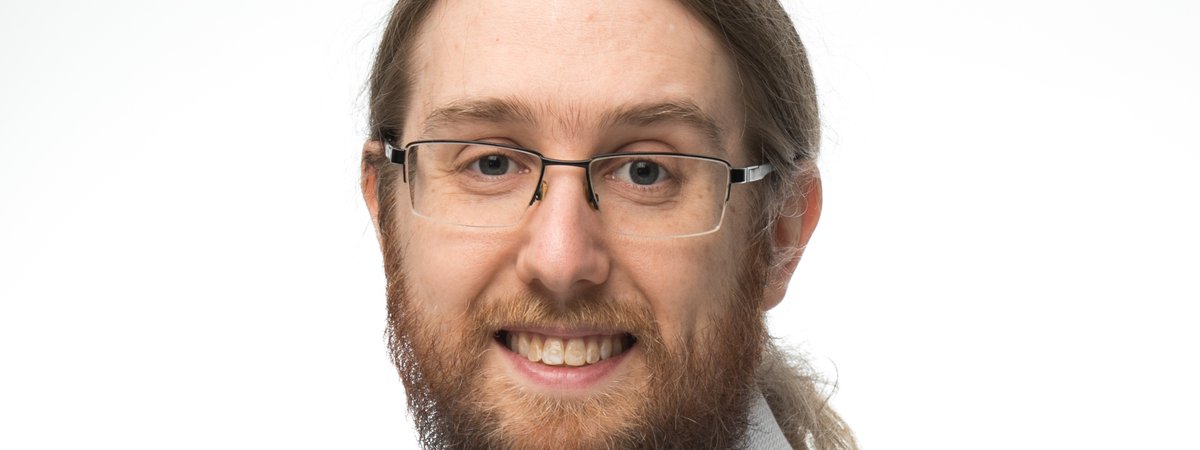
Dr. Scott Smale has been working as a postdoctoral fellow in Professor Amar Vutha’s group since 2021 focusing on precision measurement, and for the past two years has been designing and building a next-generation cryogenic atomic clock in collaboration with the National Research Council Canada (NRC).
The NRC currently operates a room temperature Strontium (Sr+) ion atomic clock in Ottawa. In this clock, an ion is trapped in an ion trap that resides inside a vacuum chamber. The dominant systematic effect that affects this clock, as well as any room temperature state-of-the-art optical atomic clock, is the frequency shift of the optical clock transition due to blackbody radiation. The blackbody radiation shift scales with the temperature of the ion’s surroundings to the fourth power: by cooling the ion’s environment to near 4 Kelvin, the blackbody radiation shift is reduced by nearly 8 orders of magnitude compared to room temperature. Room temperature atomic clocks are only able to reach state-of-the-art accuracy by measuring the temperature of the environment that surrounds the ion very precisely and then subtracting the inferred blackbody radiation shift from the measured frequency. The uncertainty on this inferred shift is the dominant systematic uncertainty. In contrast the goal of the cryogenic approach is to reduce the blackbody shift itself to a level that is negligible.
Conveniently, cooling the chamber that surrounds the ion also suppresses the next leading systematic effect: the ion experiences a collisional frequency shift of the clock transition due to collisions with background gas particles in the vacuum chamber. At cryogenic temperatures, gas particles will freeze onto the cold cryogenic components inside the vacuum chamber. This reduces the pressure and therefore the collisional shift.
One of the major challenges of this project is choosing the right materials in the design of the clock. For example, there are a limited number of materials that remain strong and ductile at cryogenic temperatures, including an even smaller subset of these materials that are non-magnetic at cryogenic temperatures. The design itself must take care not to create a set of requirements for a given part such that no material in the world can possibly satisfy them.
Solving the challenges of the clock design has been very rewarding: the clock is now being built, providing cherished "hands on" time.
Dr. Smale says that collaboration with the NRC has been invaluable for this project. Dr. Pierre Dubé and Dr. Kosuke Kato, who operate the room temperature Sr+ clock at the NRC, have been incredibly helpful sharing their knowledge about Sr+ ion clocks, as well as Professor Vutha, who is the ideal supervisor for this project with his immense knowledge of cryogenics, clocks, and precision measurement.
Prior to working as a postdoctoral fellow, Dr. Scott Smale earned his PhD in Professor Joseph Thywissen’s group working with ultracold atoms, where much of the work involved dynamical measurements of a degenerate Fermi gas: specific subjects ranged from studying spin transport in strongly-interacting unitary Fermi gasses to studying transitions between dynamical phases. His favourite analogy for those measurements is a ball rolling down a hill: if the shape of the hill is known well, the dynamical measurement of following the path that the ball takes reveals information about the ball that might not be accessible with static measurements.
When not in the lab, he enjoys playing video games, hosting board game nights, and spending time feeding his insatiable curiosity. He has spent many weekends learning how to do something new just for the sake of curiosity.

